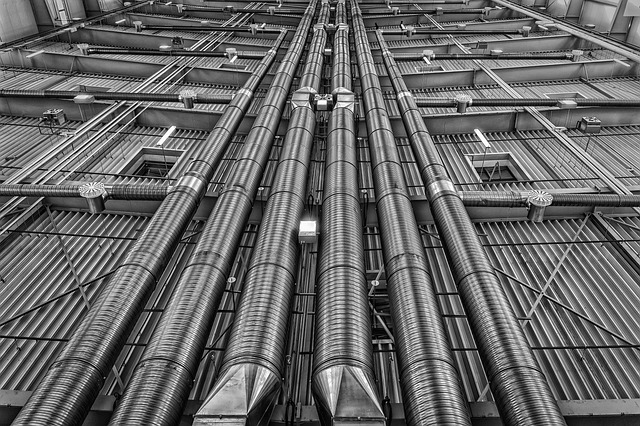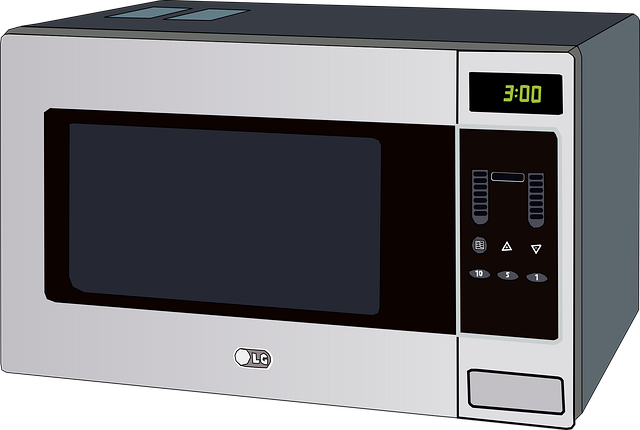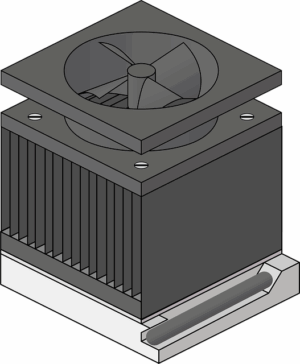Commercial air doors with integrated heating elements offer an efficient solution for maintaining indoor comfort during winter, addressing the challenges posed by traditional doors in cold weather. These advanced HVAC systems act as robust entrance barriers and climate control mechanisms, reducing energy costs and improving sustainability in retail, warehousing, and industrial settings. By prioritizing high-quality construction and advanced technologies like heated air curtains, businesses can ensure optimal performance and year-round comfort for customers and employees.
In frigid winter climates, ensuring effective temperature control in commercial spaces is paramount. Commercial air doors, designed to manage airflow and reduce energy loss, face unique challenges during colder months. This article explores the crucial role of integrated heating elements in enhancing these doors’ performance. We’ll delve into technical aspects, key features to consider, and real-world case studies demonstrating successful implementations in wintry settings, empowering businesses to maintain comfortable indoor environments year-round.
- Understanding Commercial Air Doors: Their Role and Benefits
- Challenges of Winter Use: Cold Weather's Impact on Doors
- Integrated Heating Elements: A Technical Overview
- Key Features to Consider for Commercial Air Doors with Heating
- Case Studies: Successful Implementations in Winter Environments
Understanding Commercial Air Doors: Their Role and Benefits

Commercial air doors serve as more than just conventional entry points; they are sophisticated entrance air barriers designed to regulate climate control and energy efficiency in various settings. These commercial door systems play a pivotal role in maintaining indoor comfort, especially during extreme weather conditions. By integrating heating elements, commercial air doors offer the added benefit of providing warmth, making them ideal for winter use in both retail and warehouse environments.
Heated air doors, also known as HVAC air curtains, act as robust industrial entrance solutions, preventing cold drafts from entering buildings while allowing easy pedestrian access. This dual functionality contributes to energy-efficient barriers that significantly reduce the load on heating systems, thereby enhancing overall climate control. Incorporating these innovations into commercial spaces ensures a comfortable and welcoming atmosphere for customers and employees alike throughout the colder months.
Challenges of Winter Use: Cold Weather's Impact on Doors

Winter presents unique challenges for commercial spaces, particularly when it comes to maintaining comfort and energy efficiency through doors. Traditional commercial air doors often struggle in extreme cold weather conditions, leading to several issues. The primary concern is energy loss as cold outdoor air infiltrates, causing a significant drop in indoor temperature. This not only increases heating costs but also negatively impacts the overall comfort of employees and customers, especially in retail stores, warehouses, and industrial facilities.
Furthermore, the constant opening and closing of doors during winter can create drafty conditions, which are not ideal for any workspace. Heated air doors offer a solution by integrating HVAC (Heating, Ventilation, and Air Conditioning) technology into the door system, ensuring optimal climate control. This advanced commercial entrance technology acts as both an effective entrance air barrier and a robust energy-efficient solution, providing a comfortable interior environment even during the coldest months.
Integrated Heating Elements: A Technical Overview

Commercial air doors equipped with integrated heating elements represent a significant advancement in entrance air barrier technology, particularly for applications requiring climate control during colder months. These innovative solutions merge the functionality of standard commercial doors with the efficiency of built-in heating systems, creating an optimal environment even in harsh weather conditions.
The heating elements, strategically incorporated into the door’s design, are typically powered by electricity or, in some cases, hot water circulation. They operate as gentle air curtains, preventing cold drafts from entering buildings while ensuring a comfortable indoor temperature. This dual role of maintaining energy efficiency and providing heat makes commercial air doors an attractive option for various industries, including retail, warehousing, and industrial facilities, where effective entrance solutions are paramount.
Key Features to Consider for Commercial Air Doors with Heating

When selecting commercial air doors with integrated heating elements for winter use, several key features should be top of mind. Firstly, consider the door’s ability to serve as both a robust entrance air barrier and an energy-efficient solution. These doors need to effectively control climate and prevent heat loss while allowing easy passage during cold months. Look for models that boast advanced HVAC (Heating, Ventilation, and Air Conditioning) technologies, such as heated air curtains, to ensure optimal comfort and energy savings.
Additionally, the quality of construction and materials is vital. Commercial door systems designed for harsh weather conditions must be durable enough to withstand frequent use and exposure to extreme temperatures. Incorporation of insulated panels and sealed edges can significantly enhance their performance as entrance air barriers. Retail stores, warehouses, and industrial facilities will benefit from climate control doors that offer both functionality and longevity, making them ideal choices for year-round comfort and efficient operation.
Case Studies: Successful Implementations in Winter Environments

Commercial air doors with integrated heating elements have proven to be game-changers in winter environments, offering a range of benefits that extend beyond simple climate control. Case studies from various industries highlight their successful implementations. For instance, warehouses and distribution centers have seen significant energy savings thanks to these advanced door systems, which act as effective entrance air barriers, preventing cold air from entering and warm air from escaping. This is particularly crucial in maintaining optimal indoor temperatures, reducing the load on HVAC systems, and minimizing operational costs during colder months.
Retail stores and commercial spaces have also embraced this technology, deploying heated air doors to create welcoming entrances while ensuring climate control. These doors not only provide a comfortable experience for customers but also serve as efficient entrance air barriers, contributing to energy-efficient barriers that help maintain the desired indoor environment. Success stories in these sectors underscore the versatility and effectiveness of commercial air doors with integrated heating elements as industrial entrance solutions, enhancing both functionality and sustainability.
Commercial air doors, equipped with integrated heating elements, offer a robust solution for maintaining comfort in cold weather environments. By addressing the challenges posed by winter conditions, these doors provide enhanced energy efficiency and improved user experience. Key features like temperature control, quick heating times, and durable construction ensure their success in diverse settings. Successful case studies demonstrate their effectiveness, making commercial air doors an ideal choice for businesses aiming to revolutionize their indoor environments during the colder months.






